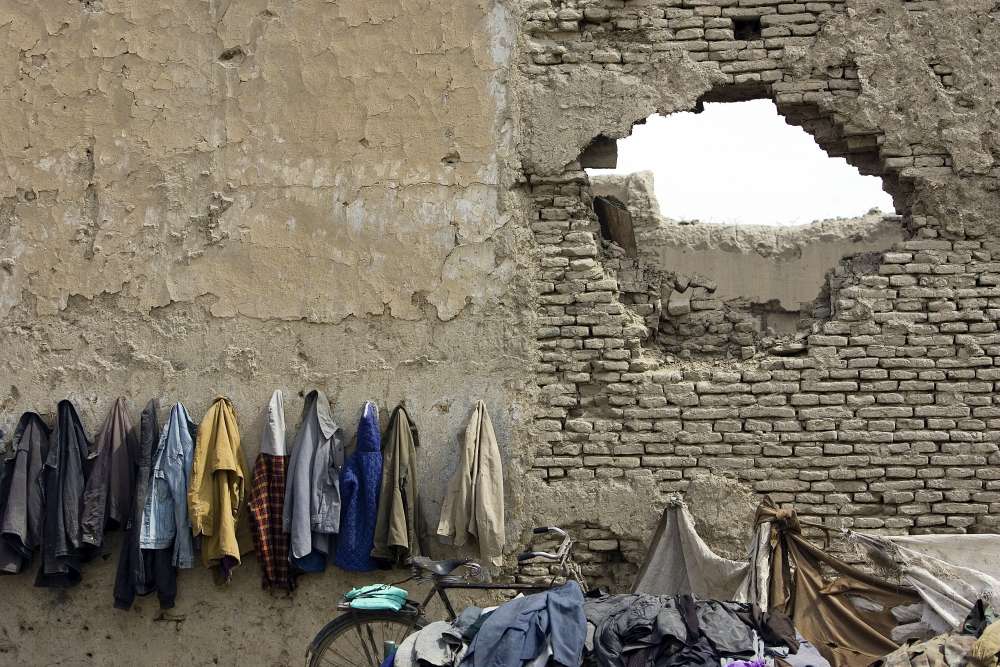Rule of Law and Statebuilding in Afghanistan: Testing Theory with Practice

Introduction
Underfunded, underprioritized and underperforming, rule of law development has been a much-maligned part of the Afghan statebuilding exercise. Critics argue that rule of law efforts were not only poorly managed and implemented but also poorly conceived and designed, driven by international donor preferences and capabilities rather than by Afghan justice needs. While partially true, this view misses the great deal of effort and interest in identifying strategies to respond to the environment and to address rule of law weaknesses in Afghanistan, often despite limited funds and significant political constraints. Further, donors and practitioners (Afghan and international) developed rule of law strategies in Afghanistan based on the best practices and thinking at the time and were willing to course correct and rethink their assumptions where those efforts did not appear to be succeeding.
Rule of law assistance in Afghanistan can be divided into two phases. During the early years, from 2002 to 2007, relatively small amounts of donor funds and interest in rule of law were focused on top-down, state-centric approaches. From 2007 on, renewed interest in Afghanistan and the counterinsurgency approach increased the funding and scale of rule of law efforts and encouraged bottom-up, community-focused approaches and embraced alternatives to the formal justice system. These two phases were informed by similar shifts in rule of law development theory at the time – often referred to as the first and second generation of rule of law approaches.
In thinking about the next phase of rule of law efforts in Afghanistan, donors and practitioners must assess whether the second-generation approaches succeeded in addressing the failings of the first. Such an inquiry must go beyond critiquing implementation failures – of which there were no doubt many – and assess whether the underlying theories and assumptions addressed the problems that emerged in the early years. A preliminary examination of the second-generation programming on community-based dispute resolution, often referred to as “informal justice,” suggests that the failings had more to do with a lack of political will to tackle underlying political problems and to be realistic about timelines, than due to the rule of law programming per se.
Examining these rule of law theories has broader implications than for rule of law in Afghanistan alone. In many ways, Afghanistan became a testing ground for global rule of law theories and best practice. Given the scope of engagement in Afghanistan (time, money, and sheer number of international projects and initiatives tried), it offers one of the best test cases for whether prevailing theories on rule of law development were apt and which types of program interventions work better than others. Analyzing rule of law efforts in Afghanistan offers an important opportunity to develop more effective practices and strategies for postconflict rule of law development writ large.
…
To read the full article, please see the State Strengthening in Afghanistan: Lessons Learned, 2001 – 14 report by the United States Institute of Peace.







